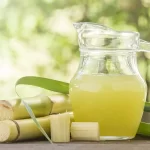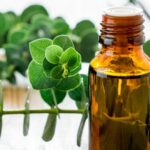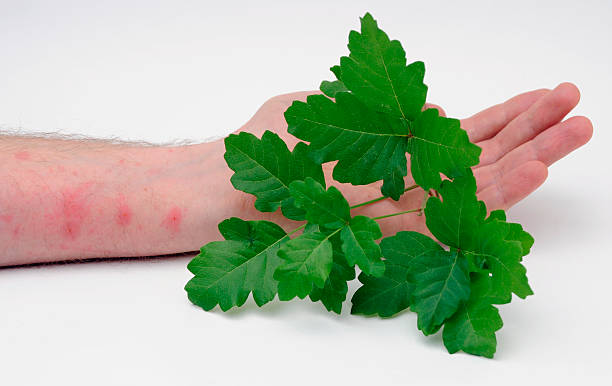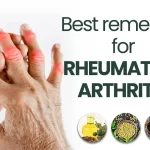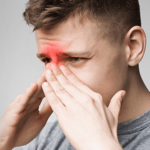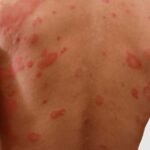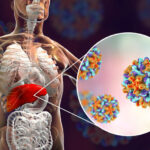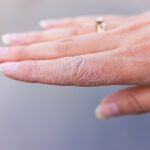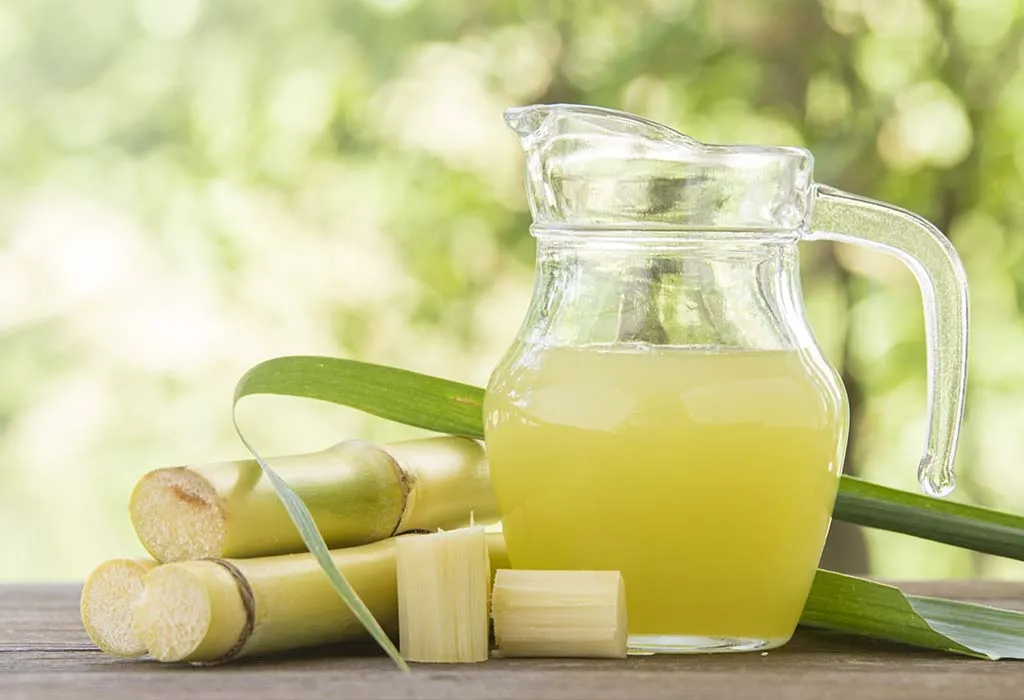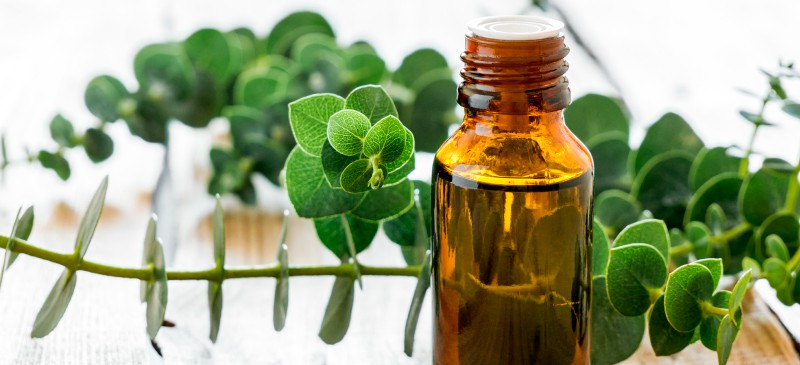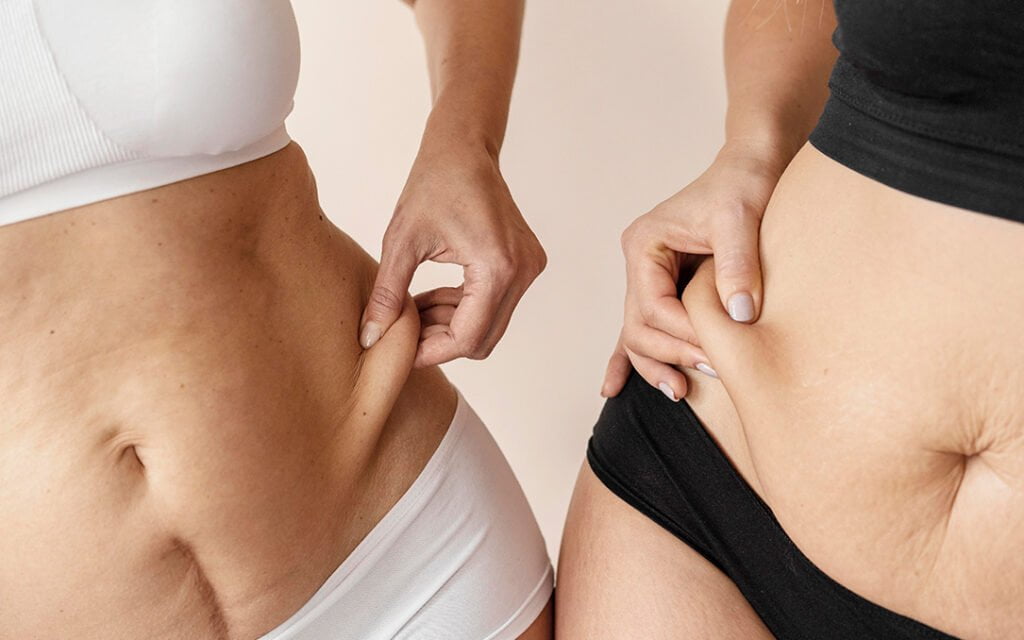Helpful Home Remedies for Poison Ivy
Regarding home remedies for poison ivy, prevention is the best way to reduce the discomfort of poison ivy rash. Avoid getting the toxic oil from a plant called urushiol in contact with your skin in the first place.
However, accidents do happen and radiation exposure is sometimes unavoidable. Fortunately, most reactions to poison ivy are not serious and can be treated at home. In essence, we are going to look at various home remedies for poison ivy.
However, more serious cases require medical attention to control symptoms and prevent complications that can cause permanent damage.
Amazing Home Remedies for Poison Ivy
Use cold compresses:
Covering the affected area with a damp towel 3 to 4 times a day can help relieve pain, but don’t get it too wet. You want your skin to feel cool, but not soft, moist and white (called “maceration”).
To bathe:
Oatmeal baths and rag tubs can be home remedies for poison ivy and soothe skin irritation. “They are very soothing and help dry out the rash,” says Dr. NG.
Taking oral antihistamines:
Over-the-counter allergy medications such as Benadryl® (diphenhydramine) and Zyrtec® (cetirizine) may reduce allergic reactions to urushiol.
Use anti-itch products
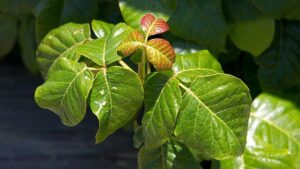
Hydrocortisone creams, gels, or ointments help reduce the urge to scratch. Do not use for more than 2 weeks.
Consult a doctor before using around the eyes or on children. Calamine lotions and lotions containing menthol can also help reduce itching.
Avoid other topical treatments:
Stay away from benzocaine and topical antihistamines. Also, their use causes sensitization to some of the ingredients in these creams, increasing the risk of developing an allergic reaction to them in the future.
Protect your skin:
Keep the rash clean to prevent infection, and wear long sleeves or a thin bandage if you develop blisters or blemishes.
Do not touch:
“Do your best not to scratch or rub,” says Dr. Ng, “because open skin can easily become infected.” Cut your nails short and wear long sleeves to reduce the chance of scratching. .
Wait a minute? (Be patient):
If you’re wondering how long it will take for poison ivy to go away, you’ll have to be patient, the bumps and blisters he’s got can last 14 to 21 days.
Finally, don’t worry if your rash gets worse before it gets better. It usually peaks two weeks before healing begins. “Don’t be alarmed if the rash hasn’t gone away,” says Dr. NG. “It’s a natural progression.”
When to see a doctor
In most cases, poison ivy will heal on its own. However, consult your doctor if:
1. A severe, widespread rash.
2. A rash on the face that includes swelling around the eyelids. A rash with fever, chills, or signs of infection.
Your doctor may prescribe topical or oral steroids.
How to prevent poison ivy rash
If you have poison ivy, poison ivy, or sumac venom rashes, symptoms will appear sooner the next time you are exposed.
To reduce your risk, when you are outdoors, especially when gardening or doing yard work:
- Apply products that protect your skin from over-the-counter urushiol resins.
2. Wear long-sleeved shirts, pants, and heavy vinyl gloves, as the resin can penetrate thin surgical gloves. Once inside, take a shower to wash off the urushiol resin and wash your clothes with detergent containing bleach and hot water if necessary. This will deactivate the resin.
How Poison Ivy Rash Occurs
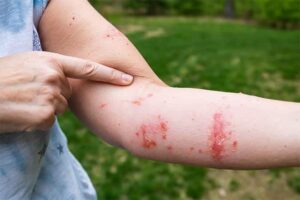
Poison ivy rash (along with poison oak and sumac poison rash) shows bumps, spots, and usually linear bands of swelling and blistering. , “It’s a terrible itch.” However, the rash may not appear immediately.
If a person has been exposed to urushiol in the past and is exposed again, the rash will appear in 4-96 hours (most commonly he is 24-48 hours).
However, when first exposed to the plant, it can take up to two weeks for the rash to appear. “Your immune system has to mount an allergic reaction first,” says Dr. Ng.”
How contagious is poison ivy?
Poison ivy rashes can easily spread from your body or pets to people. For example, if you touch poison ivy and then touch your face or body, you will see a rash on both the original contact point and the affected area.
Also, you don’t necessarily have to come into contact with the plant itself to come into contact with the resin.
What to do if poison ivy is exposed
Ummh… after removing unwanted weeds while gardening, I noticed that one of them was poison ivy. What now? If you know you’ve come into contact with poison ivy, poison ivy, or sumac, take a shower to wash off the sap.
You can’t have it all, only about 50% of the urushiol resin dissolves after washing your face for 10 minutes.
You can also try Zanfel®, a special wash that you apply after exposure to limit the effects of urushiol on your skin. “It binds to the resin and neutralizes it, so it’s no longer an allergen.
What you should if you have poison ivy rash
Unfortunately, the best natural remedy for poison ivy is time.”Poison Ivy needs to run its own course,”says Dr. NG.
However, if a rash has already set in, there are steps you can take to reduce it in the meantime.

A graduate of Computer Science and Information Management Technology. Diploma – Caregiving, Certificates – Dementia and Diabetes Awareness and Management. A researcher, blogger, songwriter, singer and acoustic guitarist. Born in an environment where natural talents such as healing are imparted at our natural birth. This natural talents of healing is the result of our genetic inheritance and the training from family environment.

